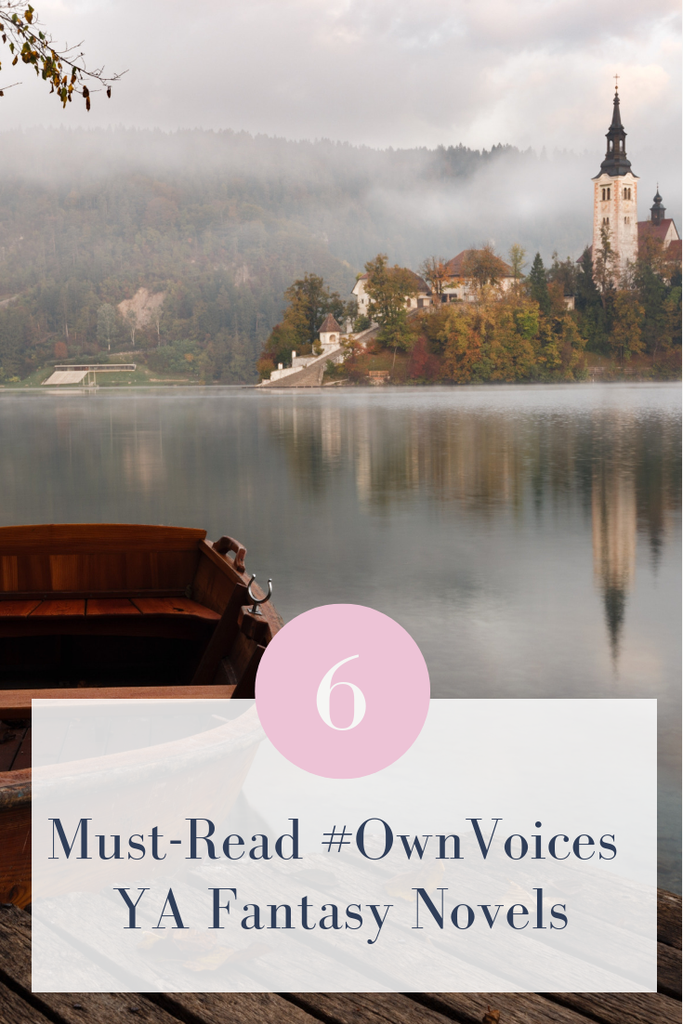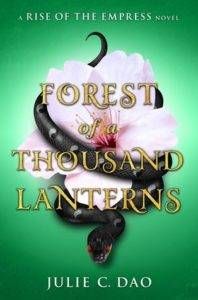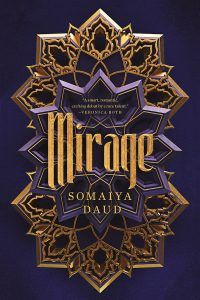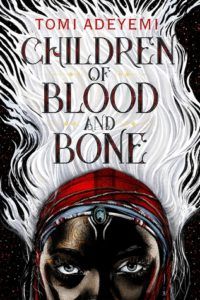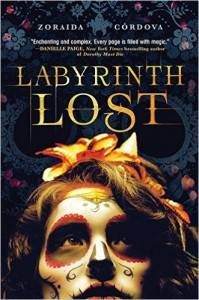In Daevabad, djinn summon flames with the snap of a finger, blood can be dangerous as any spell, and a clever con artist from Cairo will alter the fate of a kingdom in the thrilling sequel to THE CITY OF BRASS. As Nahri carefully navigates life in the dangerous royal court, Ali has been exiled and must rely on the frightening abilities gifted to him by unpredictable spirits in order to survive. A new century approaches, but as the djinn gather for celebrations, a threat brews unseen in the desolate north, one that seeks the aid of an ancient warrior trapped between worlds. Mythology is powerful in both reality and fiction. The young adult genre is bubbling over the top with tales of bravery and adventure, many inspired by the traditions, religions, and folklore of countries all over the world. While I have enjoyed many fantasy books by authors who borrow from other cultures, reading fantasy by #ownvoices authors is important: the diverse characters and world building is drawn from their own lives and experiences.
Here are six YA fantasy books by #ownvoices authors inspired by the folklore and mythology from their own cultures.
Forest of a Thousand Lanterns by Julie C. Dao
Xifeng is a seamstress living in a small, threadbare town with her abusive aunt. She knows she is destined to be the most powerful woman in the land—the empress—but the path to the throne is filled with sorcery, manipulation, and snakes poised to bite. Armed with beauty, Xifeng will cut down anyone who gets in her way, even as each swing of the sword pierces her own heart. As a Vietnamese American, Julie C. Dao used East Asian mythology and customs to shape the dark story of a girl torn between two paths. The gods, landscape, and architecture all refreshingly differ from the popular Western settings of most fantasy novels.
Mirage by Somaiya Daud
Mirage tells the story of Amani, a girl living on a small moon during the occupation of the Vathek people. No one is above suspicion of being a rebel and the only things that bring Amani joy are poetry and her family. When she is ripped from her family and taken to serve as the Vathek princess’s double, Amani finds the crown is heavier than she anticipated. To survive, she may need to grab a bulletproof vest to match. Somaiya Daud was inspired by her Moroccan heritage while writing Amani’s story. The architecture, poetry, history, and tribal network in the book were shaped after Moroccan culture.
Children of Blood and Bone by Tomi Adeyami
Zélie has both pain and power inside of her. As a girl who has had family, freedom, and magic brutally ripped away from her by the crazed king, Zélie is burning with righteous anger. When her powers are returned to her, she is tasked with restoring magic to the kingdom of Orïsha. Will she make it in time? While writing Children of Blood and Bone, Tomi Adeyami was inspired by her Nigerian heritage. She even used the language from the Yoruba people of West Africa throughout the book for the spells. The Civil Rights Movement and Black Lives Matter movement also influenced the story.
Library of Fates by Aditi Khorana
In a horrifying turn of events, Princess Amrita watches as her family and friends are enslaved and slayed by her fiancé. Shocked into action, the princess escapes from the palace and embarks on a journey to find the Library of All Things. If she can find it, she grasps the one way to change the past and reforge the future. Aditi Khorana wrote both Hindu and Indian traditions into the Library of Fates. Born in India herself, the inclusion of the vetal creatures and reincarnation were a nod to Indian folklore and faith.
Whichwood by Tahereh Mafi
Laylee’s hands have been filled with more responsibility than any 13-year-old should have to hold. When her mother dies and her father abandons her, Laylee is left alone. As the only mordeshoor in her village, she has to complete her magical duties of preparing the dead for the afterlife without help. Just as she begins to fade away under the stress of her duties, two bright-eyed teenagers appear and bring light back into her life. Tahereh Mafi was inspired by Iranian—Persian in particular—culture and literature as she wrote Whichwood. She also based the clothing style and colors of the front cover on her mother’s upbringing in Azerbaijan.
Labyrinth Lost by Zoraida Cordova
Alex is a teenage girl still waiting to—reluctantly—come into her powers as a Bruja. When her powers appear and an incantation goes wrong on her Deathday, she is horrified to find her family missing. Only a deadly trip to the world between worlds, Los Lagos, will make it possible for her to restore her family. As an Ecuadorian, Zoraida Cordova pulled from Latin American culture while crafting Labyrinth Lost. The Day of the Dead, Santeria customs, Ecuadorian monsters, and the festivities of her family’s parties all served as inspiration. Looking to read more fantasy based in non-western locations? Girls of Paper and Fire by Natasha Ngan and The Star Touched Queen by Roshani Chokshi are both notable. For another list of diverse reads, check out 5 Hugely Underrated Diverse YA Fantasy Books .

